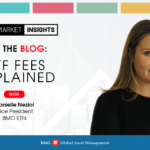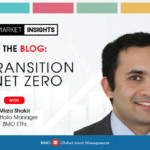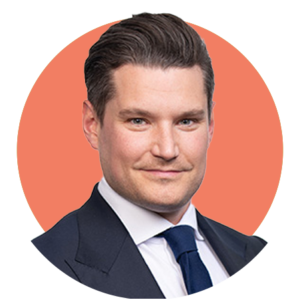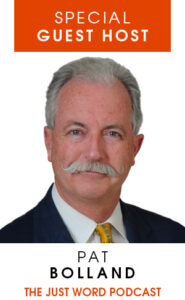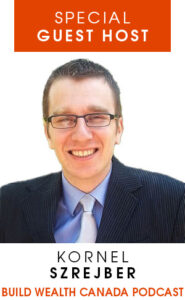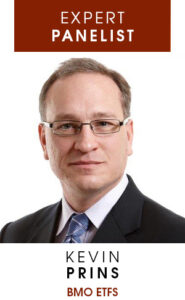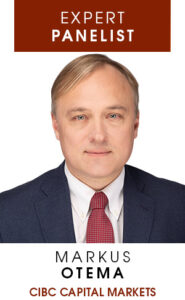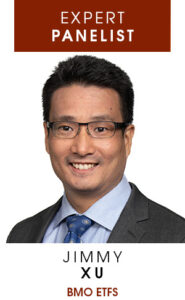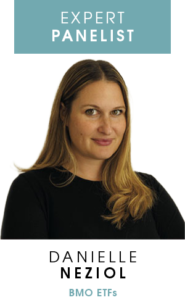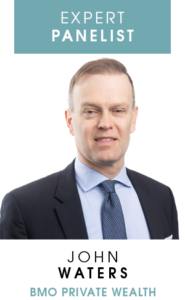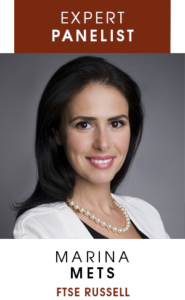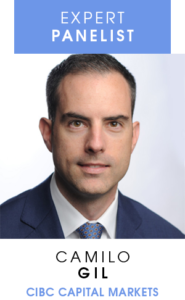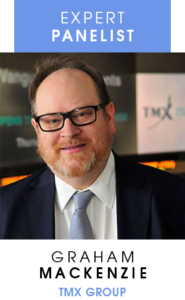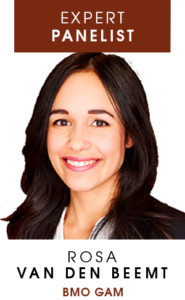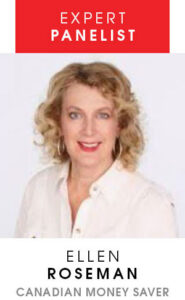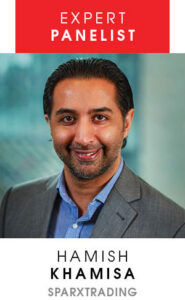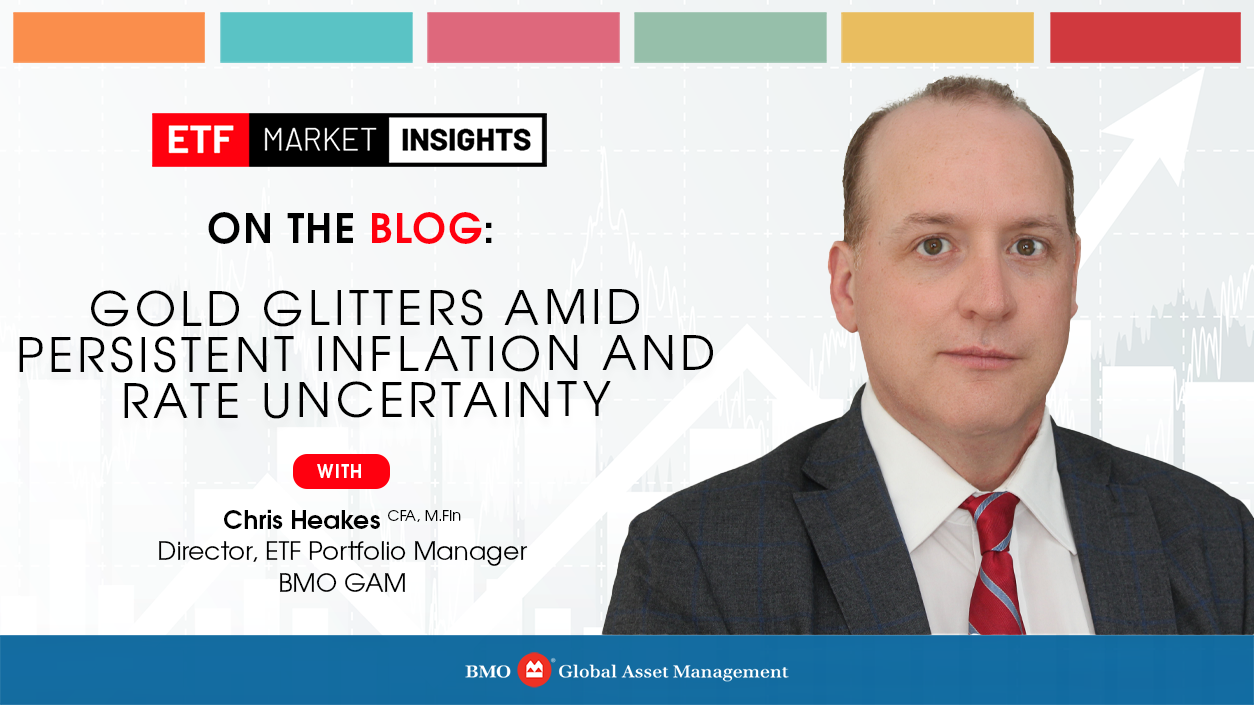
Gold prices have gained more than 14% since late last year, renewing market interest for the precious metal. Recent gains have been driven by an expectation that the U.S. Federal Reserve (Fed) is getting closer to reducing its trendsetting overnight rate, which led to a weaker U.S. dollar index to close 2023.
In recent months, inflation concerns have ramped back up with recent U.S. CPI data coming in slightly ahead of expectations. While consumer prices continue to trend in the right direction, higher shipping costs are becoming a concern with cargo ships having to avoid the Suez Canal. Shipping costs have surged 150% as a result, potentially add 0.5% percentage points to core inflation1—and re-igniting worries that CPI could accelerate again.
These developments have created a favourable environment for gold, given bullion tends to be used as a multi-purpose hedge for portfolios.
BMO Global Asset Management has launched a gold ETF that is backed by physical bullion. This ETF stores physical 400-oz. bars, secured in a local vault operated by BMO. Investing in the new BMO Gold Bullion ETF is efficient for investors as it is listed on the Toronto Stock Exchange (TSX) and trades like any stock or ETF. Additionally, since the underlying bullion holdings are professionally vaulted, investors do not have to worry about safe-keeping on their own. The BMO Gold Bullion ETFs are available at a cost-efficient management fee of 0.20%.
The BMO Gold Bullion ETF
Benefits
- Amid reaccelerating inflation concerns and interest rate uncertainty, gold could be used as a defensive hedge.
- Macro as well as weaker-U.S. dollar risks have risen in recent years, and could remain elevated going forward.
- Gold offers effective diversification from stocks and bonds, which have experienced a notable rise in correlation3.
Why Gold Could Continue to Glitter
Gold is often used to hedge three main risks: macro-economic/geopolitical and inflation risks, as well as against a weaker U.S. dollar and fiat currencies4. All of these risks have risen in recent years and it is quite possible and perhaps probable that they will remain elevated going forward, spurring further demand.
Annual Supply and Demand Statistics: 2010–2023
In the coming years, we anticipate the following trends to be supportive of gold:
1) Central Bank Demand:
- Central banks have been increasing their gold reserves in recent years. Concerns over inflation have led many major central banks to diversify away from fiat currencies4. Gold bullion in storage is used to preserve wealth should currencies devalue.
- In 2023, China, Poland and Singapore alone added more than 430 tonnes of reserves.5
- Gold purchases by central banks have notably risen in the last three years, according to data from the World Gold Council.3
2) Increasing odds of “De-dollarization”:
- As of now, “De-dollarization” or a move away from the U.S. dollar as the world’s reserve currency, remains more of a threat. In reality, given the world’s monetary infrastructure is built on the U.S. dollar, it will likely take decades in order to fully transition.
- However, growing talks primarily among the BRICS nations (Brazil, Russia, India, China and South Africa) over the potential creation of a unified currency backed by gold has amplified de-dollarization pressures. This year, a number of new countries are being added to BRICS, including notable players such as Saudi Arabia and United Arab Emirates (UAE).
- A number of countries are also exploring using local currencies for trade settlement and moving away from the U.S. dollar. While other currencies may lack the liquidity, it does increase uncertainty, which is what drives asset prices.
3) Growing need for Alternative Assets:
- The 60/40 portfolio (60% invested in equities and 40% bonds) has long been recognized as the template for a balanced portfolio. However, in 2022, aggressive central bank tightening removed liquidity from the system, causing stock-bond correlation to notably rise. In the wake of both asset classes selling off, investors have been looking to diversify using non-traditional or alternative assets.
- Gold tends to be widely recognized as one of the staples in the alternative asset space given its low correlation to traditional investments, demonstrating its diversification properties. As shown in our whitepaper, this makes gold ideal as even a small allocation could potentially improve the efficiency of an overall portfolio.
2 Changes in rates of exchange may also reduce the value of your investment.
3 Correlation: A statistical measure of how two securities move in relation to one another. Positive correlation indicates similar movements, up or down together, while negative correlation indicates opposite movements (when one rises, the other falls).
4 Flat currency is a type of currency that is not backed by a precious metal, such as gold or silver
5“Full Year 2023 Gold Demand Trends,” World Gold Council, January 31, 2024.
Disclaimer:
Commissions, management fees and expenses all may be associated with investments in exchange traded funds. Please read the ETF Facts or prospectus of the BMO ETFs before investing. Exchange traded funds are not guaranteed, their values change frequently and past performance may not be repeated. For a summary of the risks of an investment in the BMO ETFs, please see the specific risks set out in the BMO ETF’s prospectus. BMO ETFs trade like stocks, fluctuate in market value and may trade at a discount to their net asset value, which may increase the risk of loss. Distributions are not guaranteed and are subject to change and/or elimination. BMO ETFs are managed by BMO Asset Management Inc., which is an investment fund manager and a portfolio manager, and a separate legal entity from Bank of Montreal. BMO Global Asset Management is a brand name under which BMO Asset Management Inc. and BMO Investments Inc. operate. This article is for information purposes. The information contained herein is not, and should not be construed as, investment, tax or legal advice to any party. Particular investments and/or trading strategies should be evaluated relative to the individual’s investment objectives and professional advice should be obtained with respect to any circumstance. ®/™Registered trademarks/trademark of Bank of Montreal, used under licence.


